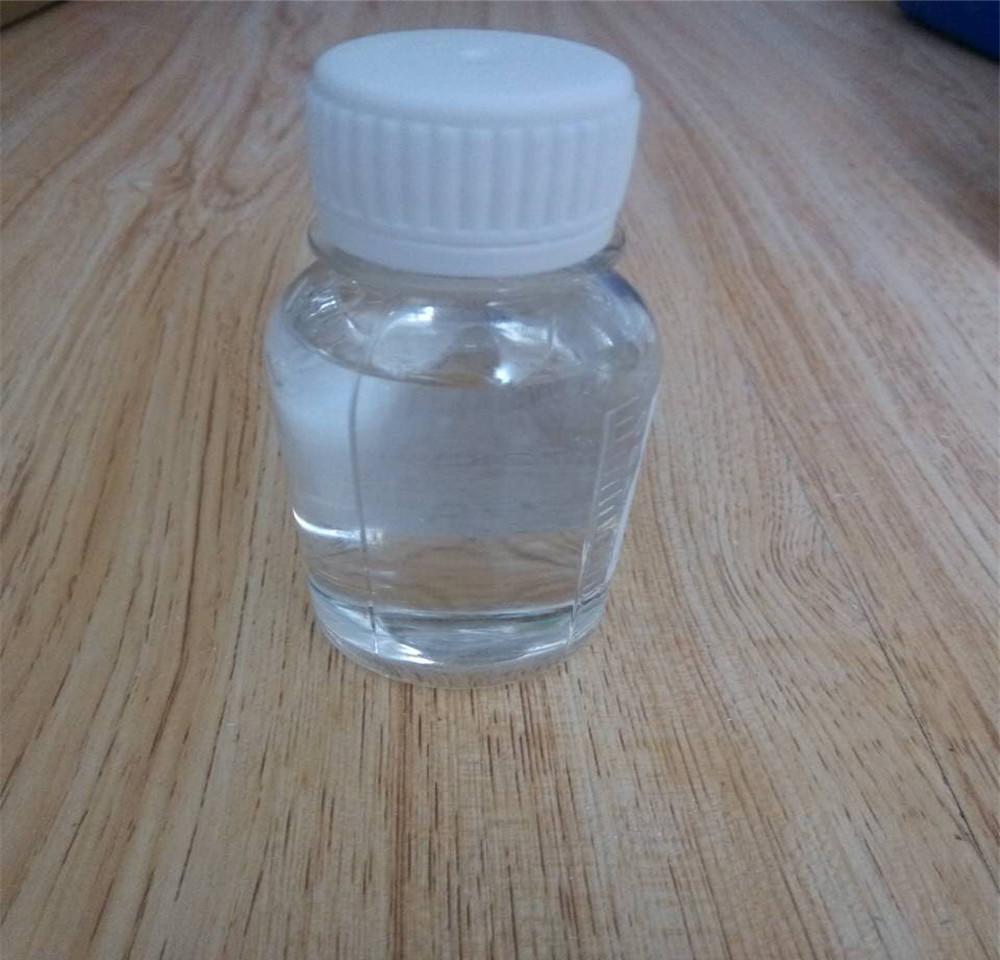Silane coupling agent is a compound that can produce a certain binding force with polar substances and non-polar substances at the same time. It is characterized by having both polar and non-polar parts in the molecule. It can be represented by the general formula y(ch2)nsix3, where y represents alkyl, phenyl, vinyl, epoxy, amino, mercapto and other organic functional groups, which are often chemically combined with organic functional groups in the adhesive matrix resin; x represents chlorine group, methoxy group, ethoxy group, etc. These groups are easily hydrolyzed into silanol and react with oxides or hydroxyl groups on the surface of inorganic substances (glass, silica, metal, clay, etc.) to form stable silicon-oxygen bonds.

Therefore, by using silane coupling agent, a “molecular bridge” can be built between the interface of inorganic substances and organic substances, connecting two materials with completely different properties together. This effectively improves the bonding strength of the interface layer. Adding silane coupling agents to adhesives can not only increase the bonding strength, but also improve the durability and heat and humidity aging resistance of the adhesive. For example, although polyurethane has high adhesion to many materials, its durability is not ideal. Its durability can be significantly improved after adding a silane coupling agent. When Chen Ruizhu et al. studied the wet-heat durability of titanium alloy bonded parts, they added a silane coupling agent to the epoxy adhesive used to increase the shear strength retention rate of the bonded parts after wet-heat aging from about 80% to about 80%. About 97%.
Silane coupling agents can even be used directly as adhesives for bonding silicone rubber, fluorine rubber, nitrile rubber, etc. to metals. Adhesives such as ck-1 and chemlock607 (USA) are silanes. In order to improve certain properties of organic adhesives (such as heat resistance, self-extinguishing properties, dimensional stability, etc.), or to reduce the cost of organic adhesives, some inorganic fillers are often added to the adhesive. If the filler is treated with a silane coupling agent in advance, the polar groups on the surface of the filler will react with the silane coupling agent, thereby greatly reducing the structuring effect of the filler and the resin. Not only will the filler affect the adhesive matrix resin The compatibility and dispersion are greatly improved, and the viscosity of the system is significantly reduced, so the amount of filler can be increased.
However, not all Fillers treated with coupling agents are all effective. Different types of fillers have different effects, and some even have no effect at all. It has the best effect on fillers with a large number of hydroxyl groups on the surface, such as silica, glass, and aluminum powder, but has no effect on fillers without hydroxyl groups on the surface, such as calcium carbonate, graphite, and boron.

 微信扫一扫打赏
微信扫一扫打赏

